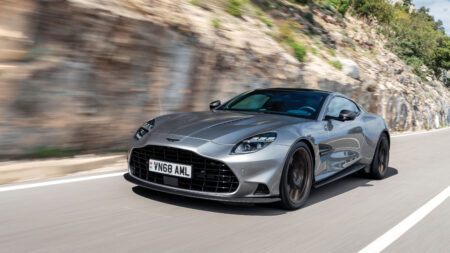
2025 Aston Martin Vanquish review: V12 GT is glorious
Hurtling across a mountainside at some unmentionable speed in the new Aston Martin Vanquish, I was moved to wonder whether it is possible actually to have too much of a…

The seventh-generation Mustang features some bold looks, and sticks with the proven V8, rear-wheel-drive, manual formula
Nick Hagen
The original pony car has been with us through seven generations and 60 seasons, but while no one at Ford will admit it, I have no doubt that this will be the last. Thereafter the Ford Mustang will be no more. Oh, of course the name won’t die – it’s already plastered over the heavy Mach-E electric SUV – but once this car reaches the end of the road, the V8, rear-drive coupé we all think of as a Mustang will likely be put out to pasture for good.
So it’s important not just for those who might want one, but for the sake of posterity that the final ’Stang is, if not quite the all-conquering gamechanger as the first, then at least a fitting farewell to an all-American hero.
But it is a car more renewed than new. The seventh-generation Mustang is heavily based upon the sixth, with a new set of clothes inside and out being by far the most significant change. The looks you can judge for yourself, but the cabin, which trades dials and gauges with hi-def screens actually works very well. It’s more upmarket – though still hardly posh – and presents what might in less-sure hands be a bewildering amount of information and configuration possibilities in a way that is both easy to understand and operate.
“It’s designed not only for muscle car enthusiasts, but by them too”
The car I drove was the new Dark Horse version, yet another Mustang sub-genre – remember the Mach-1, Boss, Bullitt, Shelbys GT350 and GT500? – some or more of which will undoubtedly surface again in whatever remains of the Mustang’s future.
The Dark Horse takes the standard 5-litre V8 and turns it up to about 10.5, or around 10-15bhp to give 449bhp if you’re buying it in Europe and 493bhp if you’re not. It comes with strengthened internals in anticipation of harder use, and a Tremec rather than Getrag six-speed manual box for the same reason due to its shorter, closer ratios. Like the standard Mustang sold in Europe, it comes with the big brakes, magnetorheological dampers, Torsen differential, front strut brace and wider wheels and tyres that are only available as a Performance Pack in the US, but the Dark Horse also has bespoke spring, damper and roll bar settings, and additional coolers for the gearbox and diff. So it’s a car designed to be worked hard. There’s also a 10-speed auto version if you really want it.
What’s best about the Dark Horse is that it’s true to the Mustang spirit. This isn’t a car that’s going to break any records in a straight line or around a corner. But it never lets you forget that this is designed not only for muscle car enthusiasts, but by them too. Why else is ‘line lock’ retained, which allows you to stamp on the brakes while the rear tyres spin up a cloud of burnt rubber capable of entirely obscuring the car? Why else include ‘drag strip’ as a launch control mode, or allow flat shifting, which is to say upshifts that don’t require you to lift your foot off the throttle?
The 5-litre Coyote engine sounds just fine even in ‘good neighbour’ mode, becoming ever more savage until you hit track mode whereupon the V8 appears essentially unsilenced. The noise is ridiculous and, in its own unapologetic way, rather wonderful too.
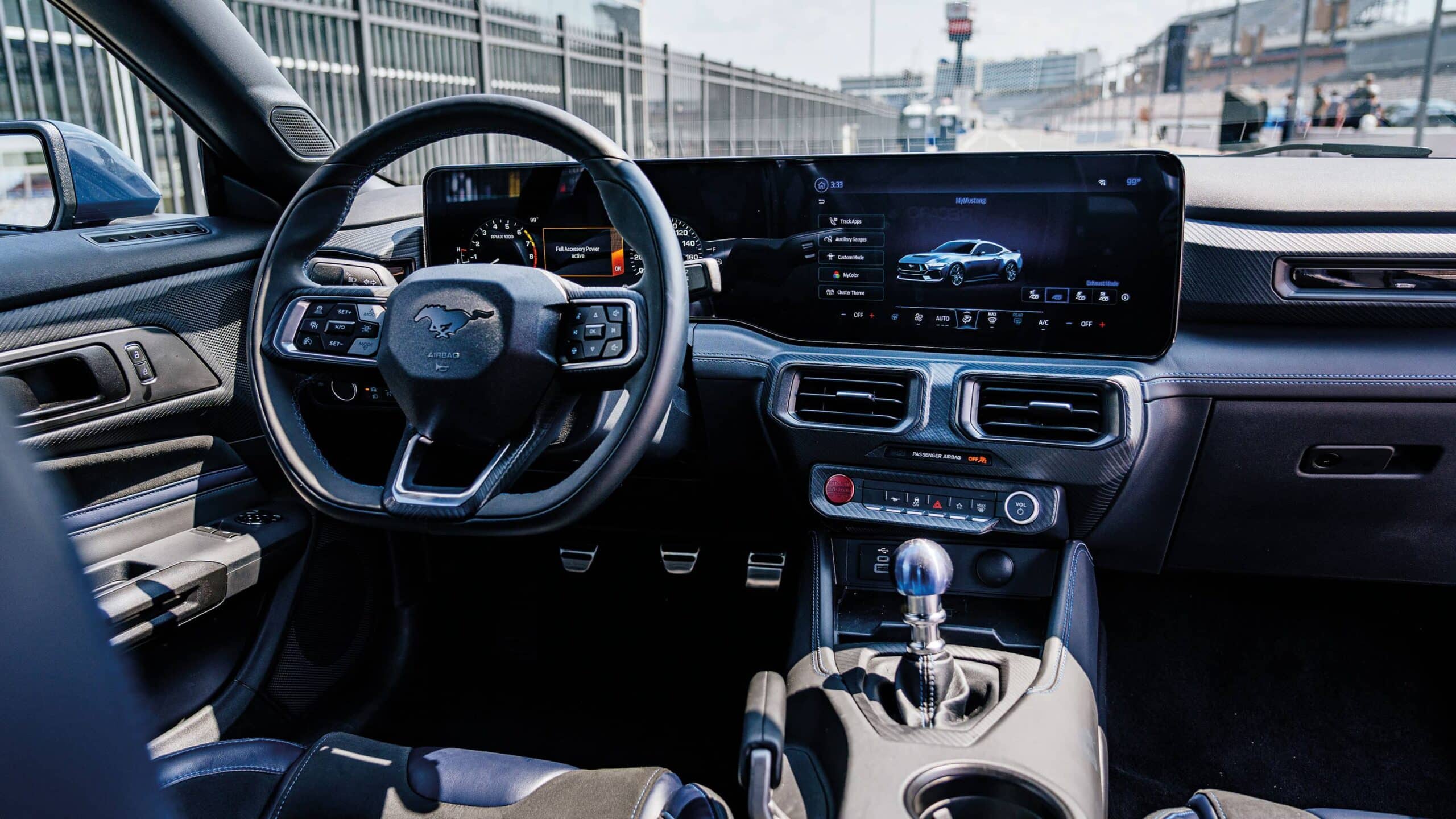
The addition of digital screens in place of traditional dials actually works quite well in the modernised interior
Nick Hagen
When you’re not being irresponsible, it reveals itself to be a fine engine, though I must caveat this by saying I’ve only driven a car in North American tune and I hope that cars heading over here are not too strangled. The powerband is far wider than its natural aspiration and the number of revs required to achieve peak torque would suggest, while the Tremec’s heavy mechanical feel suits the character of the car well.
It’s not particularly fine-handling, but I don’t imagine you thought it might be. It’ll do enormous skids all day long if you have a track and a tyre budget handy, but people in normal conditions should expect no better than adequate traction, slightly woolly steering and a chassis that’s happier when settled in a quite quick constant radius curve than with the driver trying to balance it while simultaneously firing it out of a hairpin bend.
I drove it on road and track and even in the latter environment it never tired even though you’d never describe its talent for such work as better than modest. Unless that is – and I apologise for mentioning yet another variant, particularly as there is no plan to bring it to Europe – you choose the Handling Pack. That bumps up tyres sizes by five and four sections front and rear and covers them with Pirelli’s most extreme Trofeo RS rubber, has yet another suspension tune, front struts rotated by 90 degrees to provide more negative camber and even a bit of downforce from a new rear wing.
I mention it now only because it changes the car completely. I drove it on a race track, but where the standard Dark Horse wobbled, this one stayed welded to the road. Obviously its limits were that much higher, but when it broached them, the car was easier to control too. In short, it was brilliant.
There’s a part of me that wishes I hadn’t driven the Handling Pack car and seen just how good a Dark Horse can be, but even without it, it represents a well-executed update to a car whose character makes up in considerable part for its shortcomings. And remember: when sales begin early next year, it will be the only new car you can buy with a naturally aspirated V8 in its nose, directing power to the rear wheels through a manual gearbox. That has to be reason to celebrate.

Hurtling across a mountainside at some unmentionable speed in the new Aston Martin Vanquish, I was moved to wonder whether it is possible actually to have too much of a…
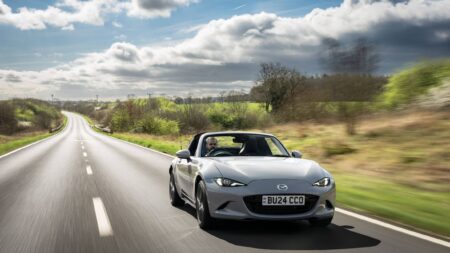
Far from rushing towards electrification, it is well known that every ‘legacy’ manufacturer with a history steeped in petrol and diesel cars has jammed on the brakes so hard I…
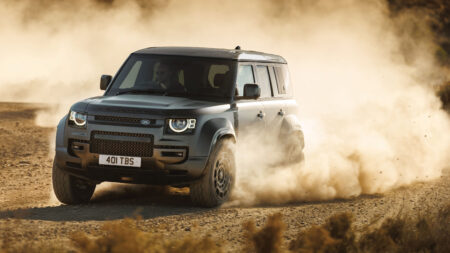
I don’t think there could be a greater expression of confidence in the brand than this. A very broad rule of thumb is that in most premium car ranges the…
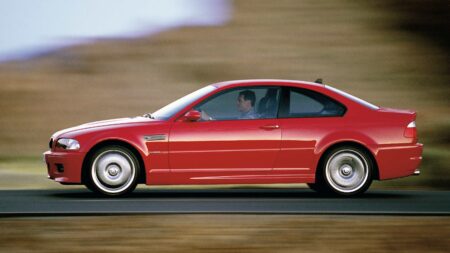
I have for some time been pondering the timing of what might loosely be described as ‘peak car’. There is no question at all, at least in my mind, that…
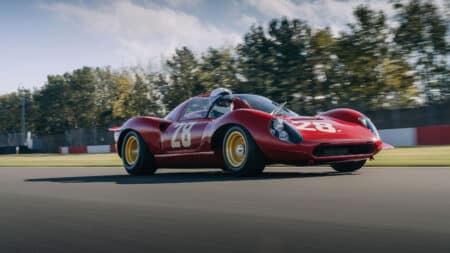
You know that phrase ‘if it looks right, it is right’? Were that always the case the Ferrari Dino 206 S would have won every race it entered, probably lapping…
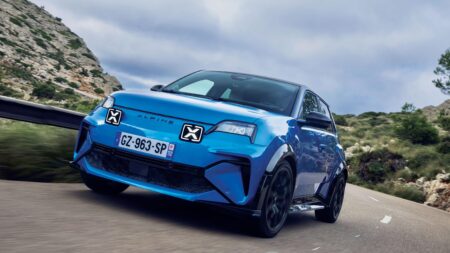
It was one of those moments when you just knew, and it took less than a mile. That was all the time I needed to know for certain that the…

First job of the new year? Drive a Dacia Duster from Wales to Belgium and back to attend the AGM of the Car of the Year jury on which I…

Recently, and in anticipation of the arrival of this very car, I found myself on a hillside with six generations that had gone before: the E28 original, the E34 that…

You’ll have been deluged with the images, goggled at the inexplicable video and been bombarded with all shades of opinion, but I just can’t not mention the Jaguar concept car.…
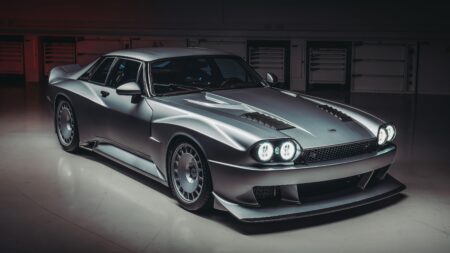
Car of the month – TWR Supercat It says TWR, but that’s no Group C car? Correct! This TWR isn’t quite like the old TWR that created fire-breathing touring and…
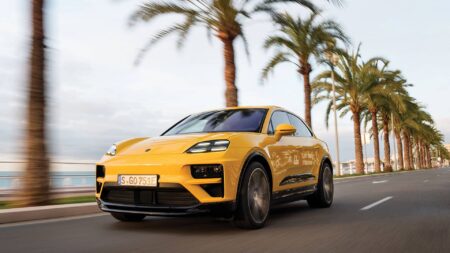
It would be understandable, perhaps even expected, for the usually unflappably confident Porsche to be just a little nervous about the reception its new Macan is likely to receive. Simply…
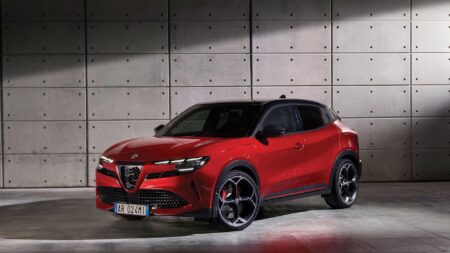
By the time you read this the fact that Donald Trump has become the first person since Grover Cleveland in the late 19th century to win non-consecutive US elections will…